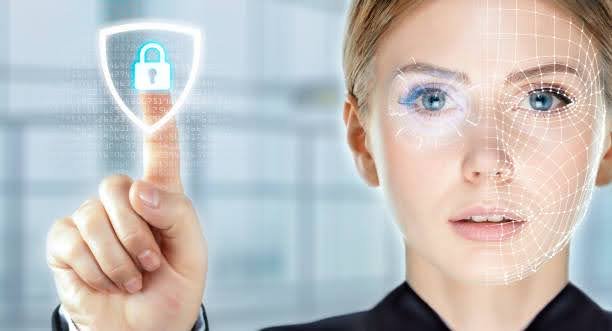In the ever-evolving digital security landscape, face verification has emerged as a powerful tool, revolutionizing how we authenticate our identities. This article delves into the intricacies of face verification, exploring its significance, technological advancements, and its role in providing a secure and seamless user experience.
The Essence of Face Verification:
Face verification is a biometric authentication method that utilizes unique facial features to confirm an individual’s identity. Unlike traditional methods such as passwords or PINs, face verification provides a natural and convenient way to access devices, applications, and sensitive information.
Convenience Redefined:
The allure of face ID checks lies in their user-friendly nature. Users can unlock their devices, log into applications, and authorize transactions with a simple scan of their face. This eliminates the need to remember complex passwords, offering a convenient and hassle-free authentication experience.
Security at the Forefront:
Security is a paramount concern in the digital realm, and face verification addresses this by leveraging the distinctiveness of facial features. Advanced algorithms analyze facial patterns, creating a unique digital signature for each individual. This ensures a high level of security, reducing the risk of unauthorized access.
Technological Advancements in Face Verification:
Liveness Detection:
Modern face verification systems often incorporate liveness detection to counter potential spoofing attempts. This technology ensures the facial scan interacts with a live and present user, preventing static images or videos from trickling into the system.
3D Facial Mapping:
The evolution of face verification includes the integration of 3D facial mapping. This advanced technology creates a detailed three-dimensional representation of an individual’s facial structure, enhancing accuracy and performance, especially in varying lighting conditions.
Machine Learning Integration:
Face verification systems continuously improve over time by integrating machine learning algorithms. These algorithms learn from user interactions, adapting to changes in appearance and environmental conditions. This dynamic learning process enhances the overall accuracy and reliability of face verification.
Applications Across Industries:
Smartphones and Devices:
Face verification has become a staple feature in smartphones and devices, offering users a secure and swift way to unlock their gadgets. Major smartphone manufacturers have integrated face verification technology, providing a personalized and efficient user experience.
Financial Institutions:
The finance industry has embraced face verification as a robust method for securing online transactions and accessing sensitive financial information. Users can authorize payments and log into banking applications with a quick facial scan, protecting their financial data.
Healthcare:
Face verification is crucial in securing access to electronic health records and sensitive patient information in the healthcare sector. This ensures that only authorized personnel can retrieve and manage critical medical data, maintaining patient confidentiality.
Challenges and Considerations:
Privacy Concerns:
The collection and storage of facial data raise valid privacy concerns. Responsible implementation of face verification includes transparent privacy policies, secure data storage practices, and obtaining user consent.
Ethical Use of Biometrics:
As with any biometric technology, the ethical use of face verification is a growing consideration. Striking a balance between security measures and individual privacy is vital to gaining and maintaining public trust in the technology. Biometric spoofing is also a critical aspect that needs to be focused.
Future Prospects and Conclusion:
Face verification is not merely a technological trend but a paradigm shift in how we authenticate our identities. As technology advances, face verification will likely see expanded applications and increased integration into our daily lives. The evolution of face verification stands as a testament to the ongoing commitment to security and user experience in the digital age. As we navigate the future, face verification remains at the forefront of secure, seamless, and user-friendly authentication.
Also, Read Futuristic Landscapes: Modern Designs Shaping Dubai.


















